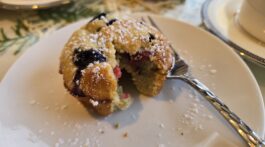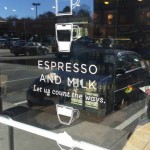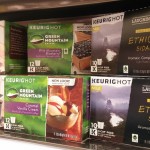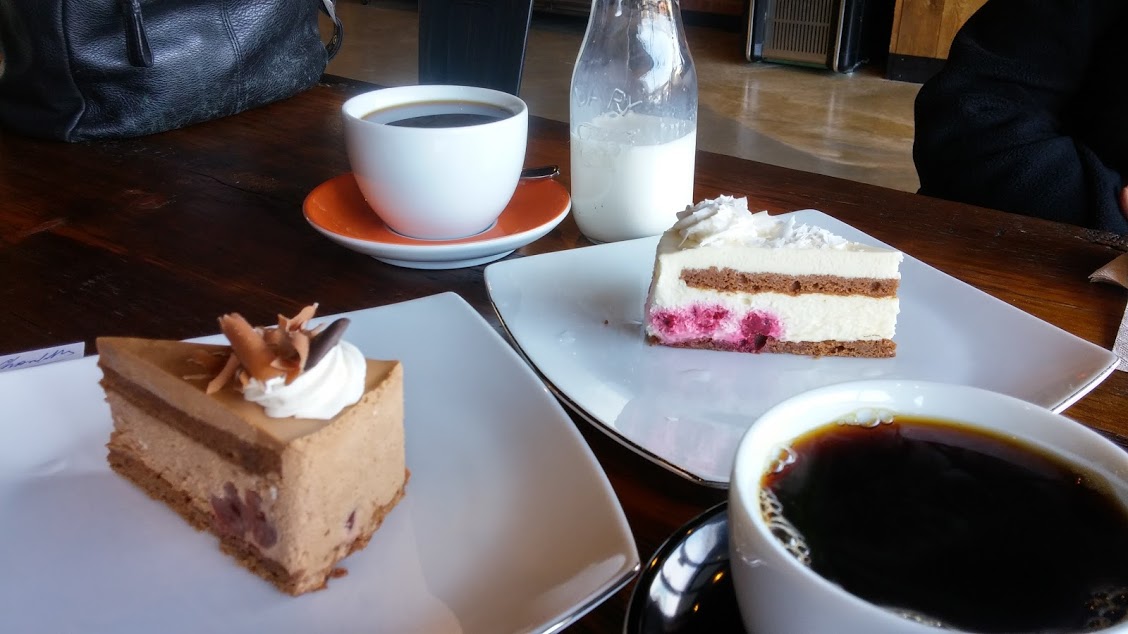I like a good cup of coffee. It’s a pleasure I share with the vast majority of Americans. We were a nation of coffee drinkers before the Starbucks coffee craze, and now we’re even more so. But I’m pretty sure there would be some discussion – even argument – about what makes a “good” cup of coffee.
Hot – but not scalding, bold – but not bitter, with a robust flavor, and an enticing aroma – that’s what I’m looking for. When I first started drinking coffee, I took it black as a matter of simplicity and convenience, a habit that has stayed with me for a lifetime. Let’s face it: coffee is an acquired taste like cigarettes, beer or whiskey – no one loves their first try. New drinkers are trying to be like the grownups or looking for a caffeine boost. But with the passage of time comes an appreciation for nuanced flavor in the cup.
Since coffee can be unlovely at first try, sugar and cream come into the picture. These additions can make the coffee more palatable – sweet and creamy – but can become addictive in their own right. People like coffee the way they like it, and don’t try to change them! Milk or cream, sugar or artificial, all in varying degrees, our preferences are developed early on and aren’t easily shaken.
Most coffee comes in a paper or foam cup with a plastic lid, ready to drink on the go, eliminating any dishwashing – convenient, portable, and fodder for the landfill. Some of the most memorable coffees I’ve had came in a thick white china mug with the logo of a diner or truck stop stenciled on. Maybe it’s the setting, or that they favor the kind of coffee I prefer, but I fondly recall coffee at Dysart’s Truck Stop in Maine, Maggie’s Krooked Cafe in the Hudson Valley, and the Taghkanic Diner along the Taconic Parkway.
Starbucks has taken us to another level of coffee consumption. As I recall, they first started with a stronger European-style roast, ground in-store and brewed fresh. They used to hang timers in front of the urns and throw the coffee away when it went past its peak flavor. Now it seems like their focus is to brew strong, dark, bitter coffee and then offer countless ways to mask it behind sugar, flavorings and dairy products. I marvel at the complicated orders given at the counter, when I’m content with a small black coffee.
A cup of Espresso is good once in awhile. I emphasize cup. Most modern coffee bars serve lots of espresso-based coffee confections. But a single or double shot espresso is often just a small puddle in the bottom of a too-big paper cup. I always ask if it will be served in the authentic small china cup before ordering. Espresso is meant to be strong and dark so, although I drink my brewed coffee black, I usually mellow it with some turbinado sugar (Sugar in the Raw).
Adding salt to coffee is said to reduce bitterness. Give a few shakes in the grounds before brewing. Some folks swear by this; others say it’s bunk. The tradition may come out of the Navy where salt was sometimes added to coffee. In Richard McKenna’s 1962 book, “The Sand Pebbles” – later a movie starring Steve McQueen – he said, “You always put a big pinch of salt into a pot of engine room coffee before you boiled it, to make up for the salt you lost in sweating.” Strong stuff indeed!
For making coffee at home, a simple drip system is fine. A pot with a timer so there’s fresh coffee when I come downstairs in the morning is a great luxury. Buying whole bean coffee and grinding it fresh noticeably improves the aroma, body, and flavor of the coffee, but it’s a messy business that I skip in favor of easier housekeeping. We have a Keurig coffee maker, too – great for making a single cup during the day. The fresh brewing gives it excellent flavor and aroma. There are countless flavors and styles to try, and the single-brew approach adds variety to the mix.
Coffee is produced around the world in a band called the “Bean Belt” between latitudes 25 degrees North and 30 degrees South that includes Central and South America, Africa, and parts of Indonesia and Australia. Top-quality Arabica coffee likes higher altitude and rich soil. Robusta plants are less finicky and grow over wider regions. Brazil is by far the world’s largest coffee producer. Columbia, Mexico, and Indonesia are the next three in production rankings. Coffee, like wine, has terroir – with regions producing distinctive coffees based on their soil, climate and variety planted. Countries have succeeded in creating identities for their coffee styles – Colombia, Ethiopia, and Sumatra for instance – but we haven’t yet gotten to the level of individual estates, although it has been tried. I usually favor Columbian coffee. If given a choice, I’ll try that first.
Coffee prices are on the way down. According to Bloomberg.com, good weather in coffee-growing areas, particularly Brazil, has produced a bumper crop, pushing prices down as much as 28% in 2015. This has been bad news for commodity investors, but good news for coffee drinkers. With both coffee and gas prices at recent lows, Americans can afford to be well-fueled for an active 2016.














No Comment